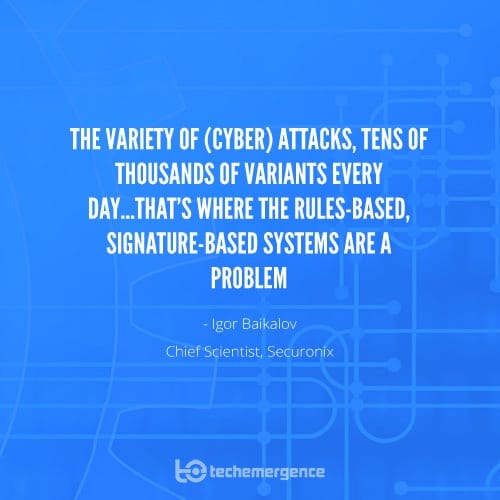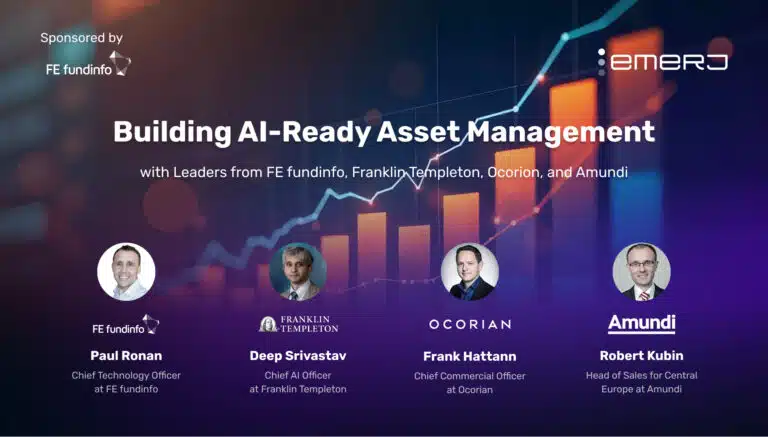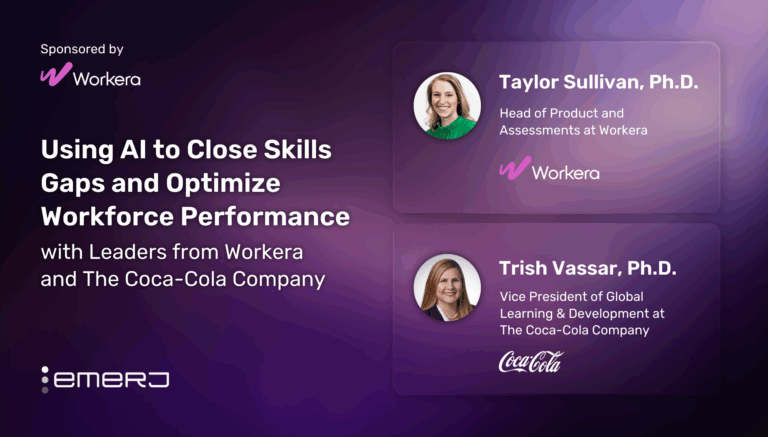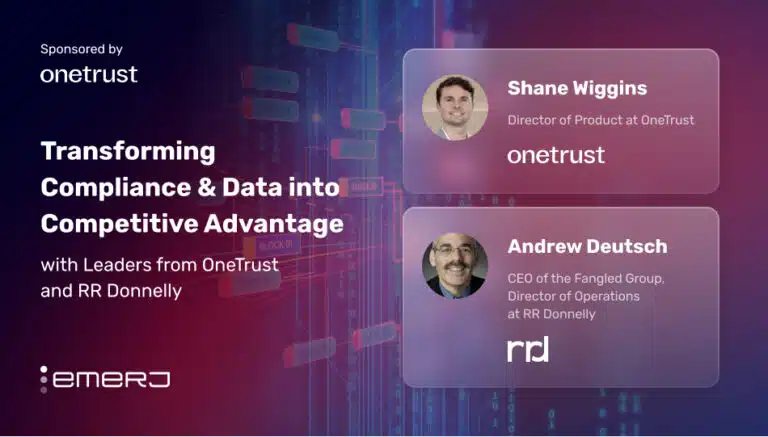Episode Summary: In this week’s episode, I speak with Igor Baikalov, chief scientist at cybersecurity company Securonix, about the trends in data security and where security itself has had to take a step up in the last five years. Igor touches on major meta-trends that have forced data security to advance, as well as what has made AI and machine learning a ‘requirement’ of modern data security strategy, something that has changed significantly in the last decade. Igor sheds light on these issues and likely future trends in cybersecurity over the next five to 10 years.
Expertise: Security and Risk Analytics, Bioinformatics
Recognition in Brief: Igor has over 25 years of experience in data analysis and enterprise application development in the areas ranging from structural biology and bioinformatics to insider threat and risk monitoring. Most recently, he served as Senior Vice President, Global Information Security at Bank of America, where he was responsible for developing security intelligence and risk analytics solutions. As a Chief Scientist at Securonix, security analytics and intelligence company, Igor leads cyber security research and threat analysis. Igor is an author of nine scientific publications and 12 commercial patents. He holds a Ph.D. in Molecular Biology from UCLA, M.S. in Biophysics from Moscow Institute of Physics and Technology, and maintains CISSP certification.
Current Affiliations: Chief Scientist at Securonix
Interview Highlights:
(1:07) Where the field has come in terms of application of AI and machine learning in 5 to 10 years…where was AI making its dent then if at all?
(7:19) You’re clearly selling your product and service, but when it comes to why companies would want their data to speak, in other words why they would need to or want to apply a more complex or robust machine learning and AI solution to their security data…what’s the ROI that’s so undeniably straightforward that it moves the needle for them?
(10:27) What has really stepped up the game on the attack side that has forced people beyond the capacities of a rules-based system that might have worked for years…what are the kinds of attacks or malicious approaches being used today that are forcing folks out of their shell and into solutions that involve more predictive analytics and behavioral analytics?
(14:08) When you speak of behavioral analytics, does that really speak to the fact that a lot of hacking attacks boil down to the behaviors of programs and people and your job is to pick up on those patterns, what do you mean by behavioral?
(18:47) How do you think the landscape of security will have to be altered, what will folks in security roles need to understand and maybe what will be the role of AI and machine learning as the field matures another whole decade?
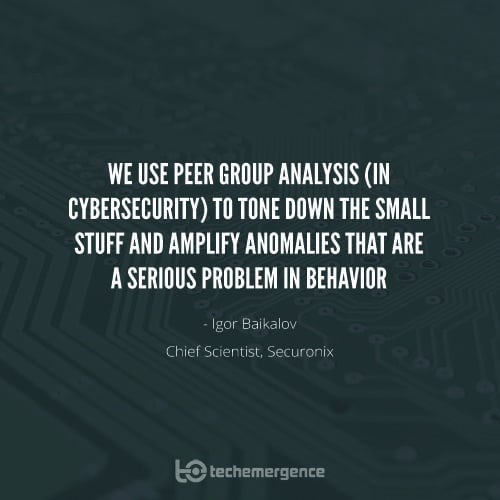
Related Emerging Technology Interviews:







